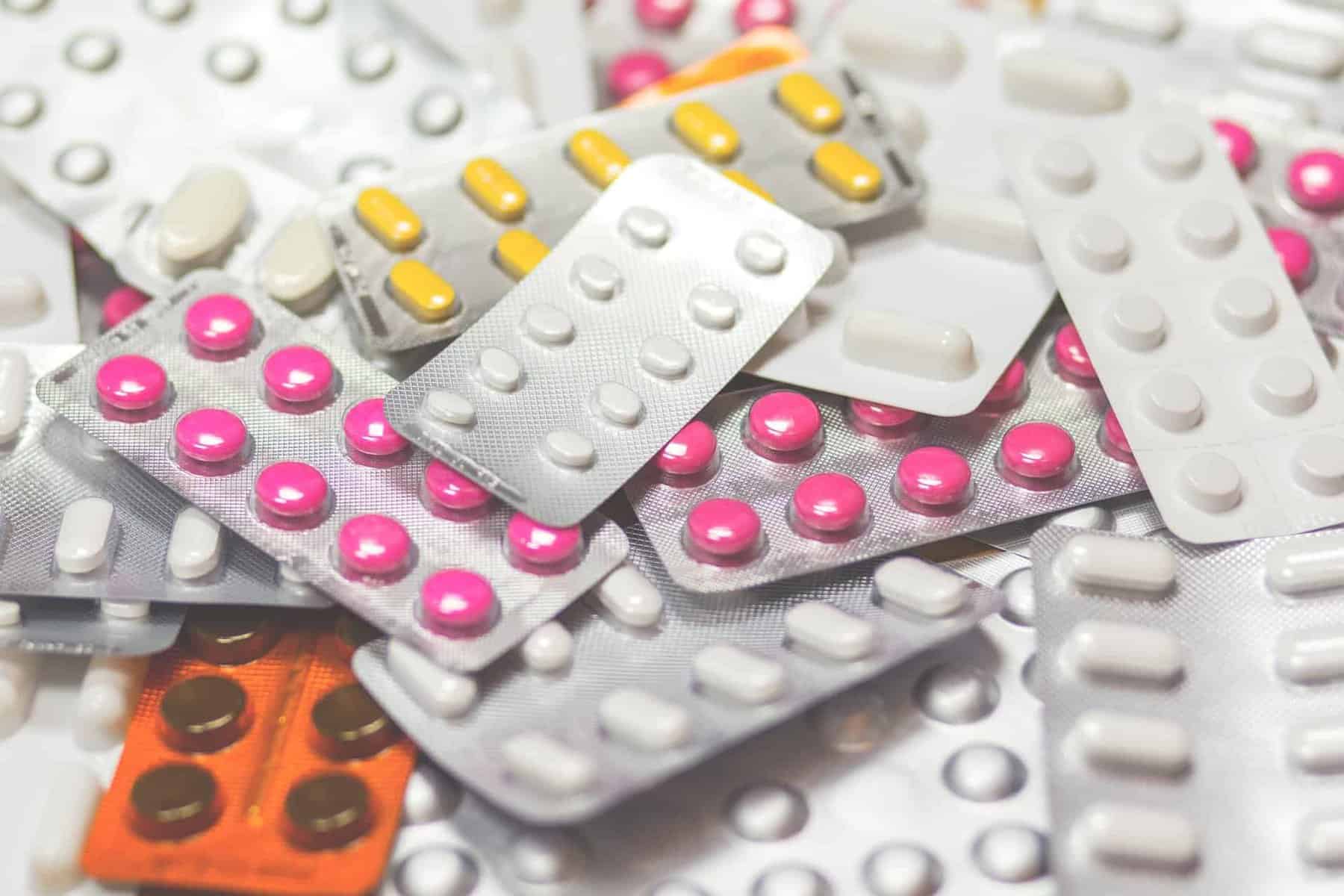The expanding global consumer pharmaceutical industry, which is now worth billions of pounds, seems to be growing constantly. Even though there is a competitive marketplace, there is still a huge pressure on pharmaceutical companies to be the first to come up with new innovations and react as quickly to new changing trends with new product development.
When companies think about the product development process, their primary goal is to create a product which is safe and reliable, with repeatable results. However, in order to achieve this outcome, other important considerations are often pushed aside only to cause problems further down the line; one such concern is secondary packaging.
There is currently a huge focus on primary packaging within the pharmaceutical industry. They are always on the lookout for innovative packaging solutions in terms of convenience, hygiene and usability. However, one major cost centre is secondary packaging, as it is often ignored, but there is a no reason for this, as secondary packaging can be an efficient and a cost saving way companies can really thrive within this market.
Manufacturers face ever-increasing cost pressures throughout the production and supply chain, impacting directly on the packaging process. As a result, packaging systems must become more efficient and user friendly, offering flexibility, intelligence and protection from interference.
Like many pharmaceutical companies, there has recently been significant pressure put on their operational team to keep up with the strong sales growth. The end of line, or secondary packaging area, is one example of where the company has quite literally outgrown its processes.
Pressure has also been applied by major retailers to improve the visual presentation of pharmaceutical packaging, creating packaging solutions which are easy to transform on the shelf and demonstrate innovation in design and production, whilst protecting the product in transit from damage or contamination.
Pharmaceutical companies should take the time to invest in a shrink wrapping machine, as this can provide a great solution for many issues which they have. When a product is shrink wrapped, it prevents the product from being tampered with, protects it in transit and can also have great hygiene benefits.
For companies looking to save money, shrink wrapping can often be the answer as it can cut down the costs which are associated with handling, shipping and time. It can also prolong the shelf life, whilst keeping consumers safe from products which may have been tampered with, as well as protecting the product from moisture which may occur throughout the transit process.
This is especially important for pharmaceutical companies who strive to make their product safe and stand out from the rest of their competitors.
As said above, shrink wrap can provide an efficient way to package your product, whilst keeping up with changes within the packaging industry.



